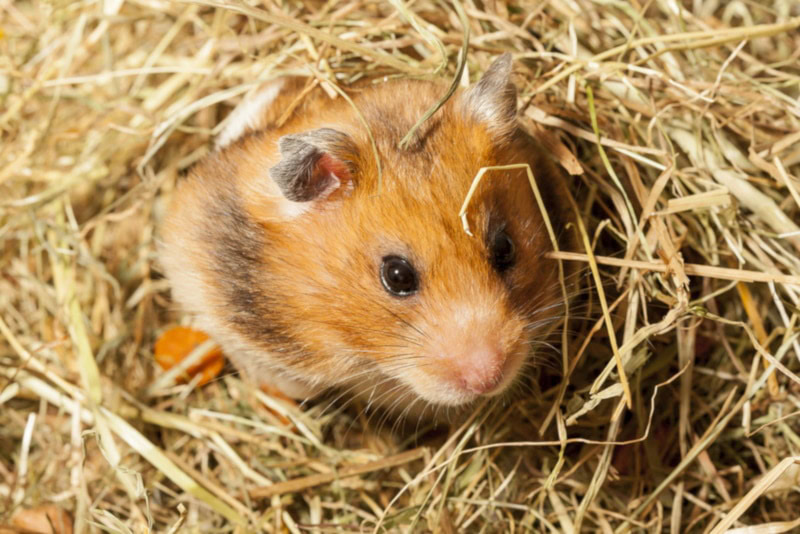VET APPROVED

The information is current and up-to-date in accordance with the latest veterinarian research.
Learn more »Click to Skip Ahead
Hamsters can be excellent first pets due to their friendly dispositions and entertaining natures. However, if you are considering bringing a hamster home, you should be aware that hamsters have fairly short lifespans compared to other pets.
This doesn’t mean that a hamster is a poor companion. The time that you spend with this critter can be quite rewarding, especially if you take steps to improve your hamster’s quality of life and get them comfortable with being handled.

Hamster Average Lifespan
The average hamster will live for around 2 to 3 years. Certain breeds may live longer than others.
- Campbell’s dwarf hamster (Phodopus campbelli): 2 to 5 years
- Chinese hamster (Cricetulus griseus): 2 to 3 years
- Roborovski dwarf hamsters (Phodopus roborovskii): 3 to 5 years
- Syrian hamster (Mesocricetus auratus): 2 to 5 years
- Winter white Russian dwarf hamster (Phodopus sungorus): 1 to 3 years

How to Care for Your Hamster for a Long Lifespan
While hamsters don’t live especially long lives, you can take steps to increase their odds of living longer. You can greatly improve their quality of life by providing the best care possible for your pet in the following areas.
Feeding & Diet
Most of a healthy hamster’s diet will be a commercial pellet diet. Search for diets with enough protein, ranging from 15% to 25%. Offer your hamster small amounts of fresh produce to supplement their pellet diet, but be aware that too much fruit and veggies may lead to digestive upset. Similarly, if produce is left in the enclosure for too long, it may spoil and contribute to health issues later. Ensure that you remove uneaten fresh food daily.
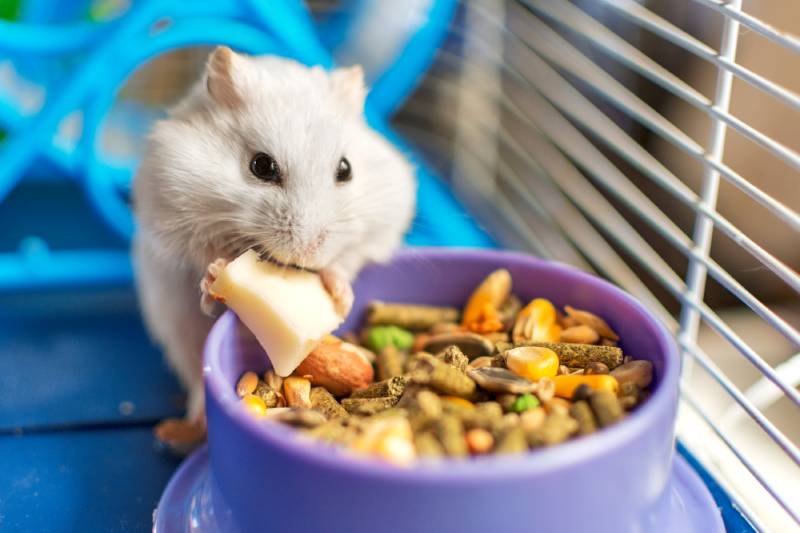
Environment
The size of your hamster’s cage depends on the breed of hamster you have. As a minimum, a Syrian hamster’s cage should contain 900 square inches of floor space. The floor should be made of solid material, not wire, as wire flooring can hurt your hamster’s feet and doesn’t allow for deep litter bedding. The walls should be made of wire to promote proper ventilation. Enclosures that are entirely glass are not appropriate, as they do not allow adequate ventilation.
Be mindful that hamsters can chew through wood, plastic, and even soft metal, so you must find a sturdy enclosure to keep your hamster safely inside. Adding fun features to your hamster’s enclosure will keep them enriched. Tunnels, toys, hidey holes, and more can keep your hamster’s mind sharp and prevent boredom.
Care
The aim with hamsters is to get them comfortable being held, but it is important to do so gradually. Initially, your hamster may be too fearful of being picked up, so it is a good idea to allow them to become used to your voice by talking around the cage and offering them treats from your hand. Hamsters should be handled at least once per day once they are comfortable with it.
Hamsters should be given plenty of opportunities to be active. This can be done by putting special features in their cage (such as tunnels) and by purchasing an exercise wheel for them. Deep bedding will enable them to build tunnels, which is a natural behavior for them.
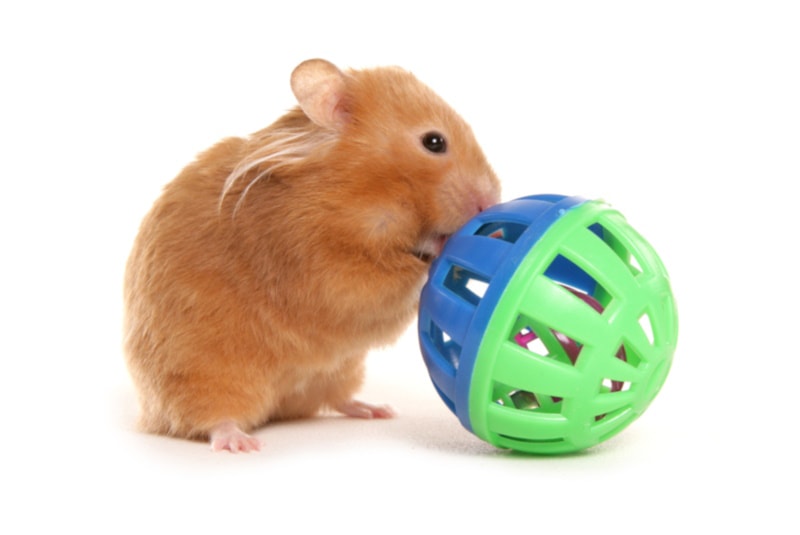
Cleaning
Cleaning a hamster will look different than cleaning your average pet. Rather than bathing your hamster with water, you should provide them with a sand bath.
Hamsters roll in sand to shed the oils and dirt that have built up on their skin. This can also shake off parasites. Sand baths are also a source of habitat enrichment for hamsters.
You should not bathe your pet with water unless given express instructions from your vet. Hamsters do not enjoy water baths. Even worse, they are highly sensitive to extreme temperatures, so water that is too hot or too cold can lead to issues like hypothermia.
Pairing/Breeding
Although hamsters are friendly creatures, in the wild, they are mostly solitary, so they shouldn’t be housed with other hamsters. This is particularly true of Chinese and Syrian hamsters. With the right conditions, some dwarf hamsters can live together. Male hamsters shouldn’t be housed near other males (even in separate enclosures), and they should be separated from females when they’re in season.
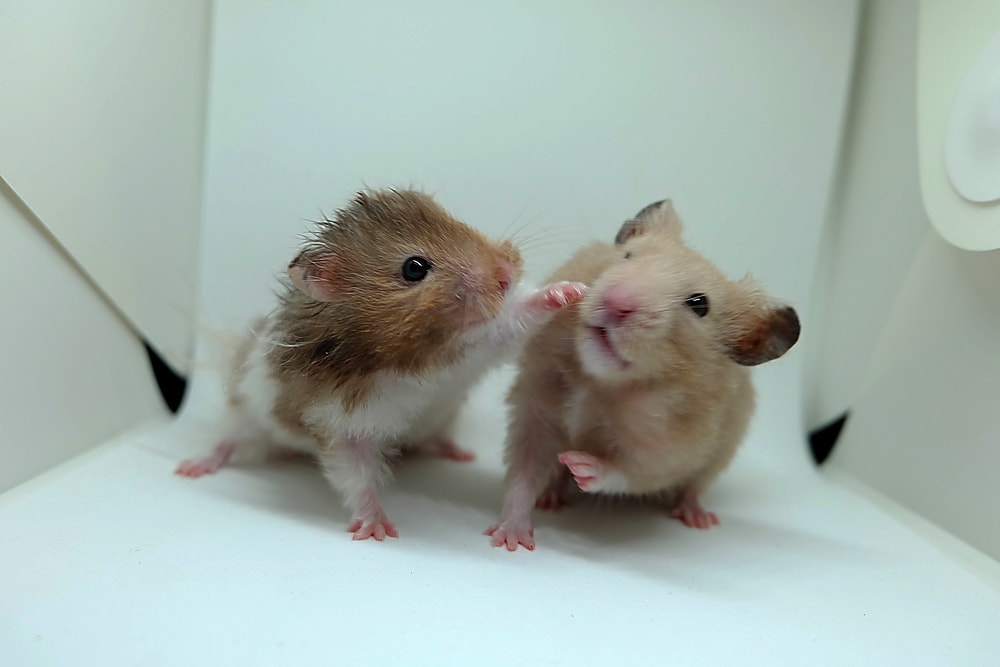
Healthcare
Take your hamster to the vet once per year for an annual checkup. This will allow you to stay informed regarding your hamster’s state of health and be aware of any medical concerns that your vet has. Likewise, you will be able to take steps toward preventative care to minimize the chances of your pet developing a potentially life-threatening condition in the future.

The 4 Life Stages of a Hamster
1. Pup
Due to their short lifespan, the life stages of a hamster pass quickly. Newborn hamsters are known as pups. In this stage, they are incredibly vulnerable, as they are blind, deaf, and furless. After 5 days, they finally begin to grow fur.
2. Young Hamster
At the age of 2 weeks, a hamster will open their eyes. Typically, they will stay with their mothers for only another week or so after this, as they tend to leave their mother’s side around 21–28 days old.
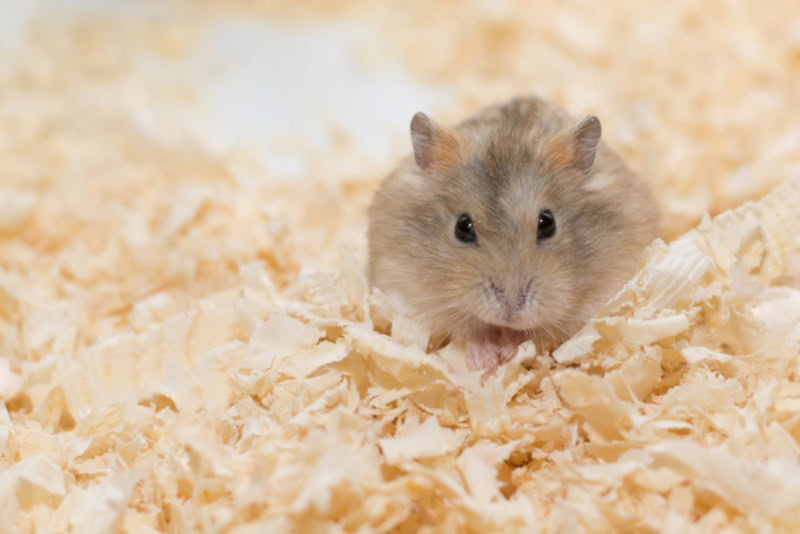
3. Adolescent Hamster
Around 4–6 weeks of age, a hamster will reach sexual maturity. Even so, it is advised that they are not bred until they are around 10–12 weeks (or they weigh 90–100 grams). Gestation in hamsters is short and lasts around 16–22 days (depending on the type of hamster).
4. End of Sexual Maturity
A hamster’s breeding life will end at between 12 and 18 months old.

How to Tell Your Hamster’s Age
Determining how old your hamster is can be a challenge. While there are obvious physical changes between life stages, such as newborn pups being entirely hairless, there aren’t as many ways to narrow down an adult hamster’s age. To get the closest estimate on your hamster’s age, take them to the vet. They may be able to examine your pet’s teeth and approximate their age based on the wear observed and the color of their teeth, but this will still very much be an estimate.
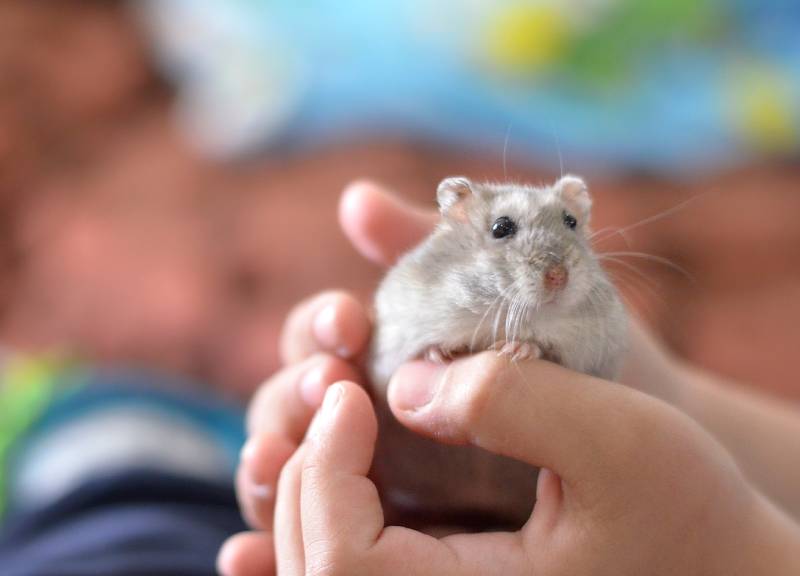

Conclusion
Hamsters may have short lifespans, but that doesn’t mean the time spent in their presence is any less worthy. If you are considering adding a hamster to your household, there are ways that you can improve your pet’s quality of life, predominantly by ensuring that they receive sufficient care. To best provide for your hamster, consult your vet on ways that you can strive to lengthen their lifespan.
- https://www.petmd.com/exotic/evr_ex_hm_five-most-popular-hamster-breeds
- https://www.petmd.com/exotic/care/evr_ex_hm_how-long-do-hamsters-live
- https://vcahospitals.com/know-your-pet/owning-a-pet-hamster
- https://biomedpharmajournal.org/vol12no1/age-of-laboratory-hamster-and-human-drawing-the-connexion/
- https://www.petsathome.com/pet-talk/pet-care-small-animal-hamster-training-and-behaviour-training-your-hamster-to-enjoy-being-handled
- https://www.msdvetmanual.com/all-other-pets/hamsters/breeding-and-reproduction-of-hamsters
- https://www.rspca.org.uk/adviceandwelfare/pets/rodents/hamsters/company
- https://animaldiversity.org/accounts/Phodopus_campbelli/
Featured Image Credit: gashgeron, Shutterstock
